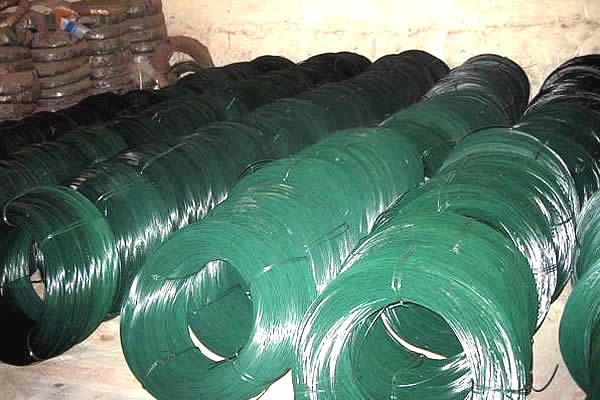 TEL:
+86-13102802206
TEL:
+86-13102802206
 Email:
fencenetting@china.com
Email:
fencenetting@china.com
 Language
Language
 TEL:
+86-13102802206
TEL:
+86-13102802206
 Email:
fencenetting@china.com
Email:
fencenetting@china.com
 Language
Language


Exploring Mesh in Window Design A Modern Architectural Perspective
In contemporary architecture, the integration of mesh materials into window design has emerged as a significant trend, merging functionality with aesthetic appeal. This innovative approach not only enhances the visual dynamics of buildings but also addresses numerous practical considerations like energy efficiency, ventilation, and privacy. By examining the role of mesh in window design, we can better appreciate its advantages and explore its applications in modern architecture.
The Aesthetic Appeal of Mesh in Windows
One of the primary benefits of incorporating mesh into window design is the unique aesthetic it offers. Mesh materials can provide a distinctive look that complements various architectural styles, from minimalistic designs to more intricate facades. The interplay of light and shadow created by mesh screens can add depth and character to a building, offering a dynamic visual experience that changes throughout the day.
Moreover, the variety of mesh types available—ranging from fine stainless steel to colorful synthetic options—allows architects and designers to tailor the appearance of windows to suit specific themes and surroundings. This versatility not only enhances the building's overall design but also allows it to blend harmoniously with its environment, contributing to a well-integrated urban landscape.
Enhancing Energy Efficiency and Sustainability
In an age where sustainability is paramount, the use of mesh in windows can significantly contribute to energy efficiency
. Mesh screens act as an effective barrier against direct sunlight, reducing heat gain within buildings. This natural regulation of temperature can diminish reliance on air conditioning systems, leading to lower energy consumption and reduced utility costs.Furthermore, mesh windows can improve indoor air quality by facilitating natural ventilation. The porous nature of mesh allows for airflow while blocking out larger particulates, such as dust and insects. This balance between air circulation and protection promotes a healthier indoor environment, crucial in residential and commercial settings alike.

Providing Privacy without Sacrificing Light
The integration of mesh materials in window design also solves a common architectural dilemma the need for privacy without compromising natural light. Traditional window treatments, such as curtains or blinds, often obstruct light, making spaces feel darker and less inviting. In contrast, mesh screens offer a contemporary solution that allows diffused light to enter while maintaining privacy.
This application is particularly beneficial in urban environments where buildings are closely situated. Mesh windows can provide a sense of seclusion without sacrificing the connection to the outdoors, allowing occupants to enjoy views and daylight while feeling shielded from the prying eyes of neighbors or passersby.
The Role of Mesh in Climate Adaptability
The adaptability of mesh in window design can also be seen in its functionality across various climates. In hot and humid regions, mesh screens can keep interiors cool by blocking intense sunlight while allowing breezes to flow freely. Alternatively, in cooler climates, they can be employed as part of a passive solar design strategy, where strategic placement of mesh screens can harness the sun's warmth during the day while preventing excess heat loss at night.
Architects are increasingly incorporating technology into mesh materials to create smart window solutions. For instance, some mesh can change properties based on light conditions or temperature, dynamically adjusting to the environmental context. This capability further exemplifies how innovative materials are pushing the boundaries of traditional window design.
Conclusion
The use of mesh in window design is transforming how we think about architectural aesthetics, energy efficiency, privacy, and adaptability. As architects and designers continue to explore the potential of this versatile material, we can expect to see even more innovative applications that enhance the functionality and beauty of buildings. Embracing mesh not only enriches the architectural landscape but also aligns with the growing demand for sustainable and adaptive design solutions in our ever-evolving urban environments. Through its multifaceted advantages, mesh in windows stands as a testament to the fusion of form and function, paving the way for a brighter, more efficient future in architecture.